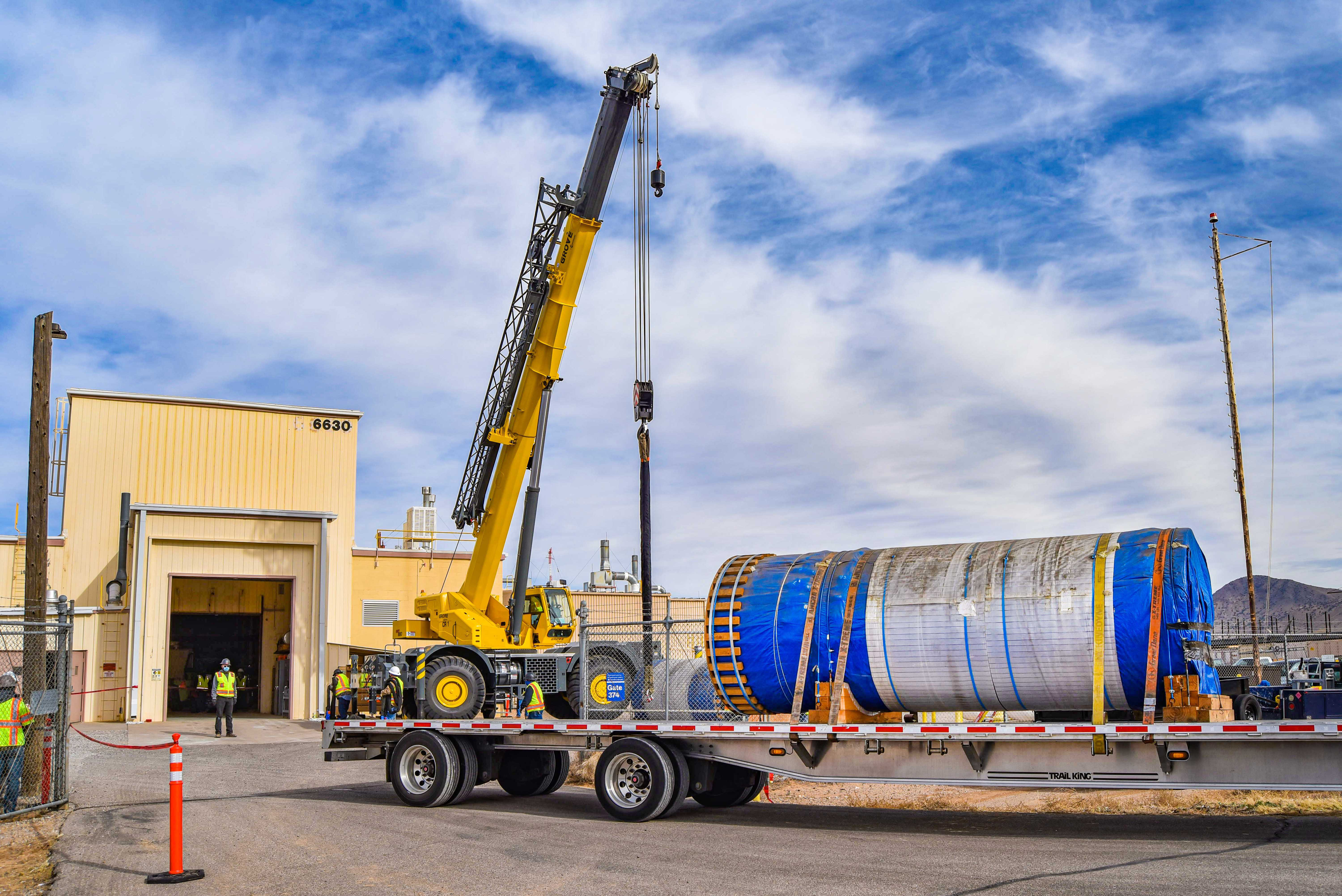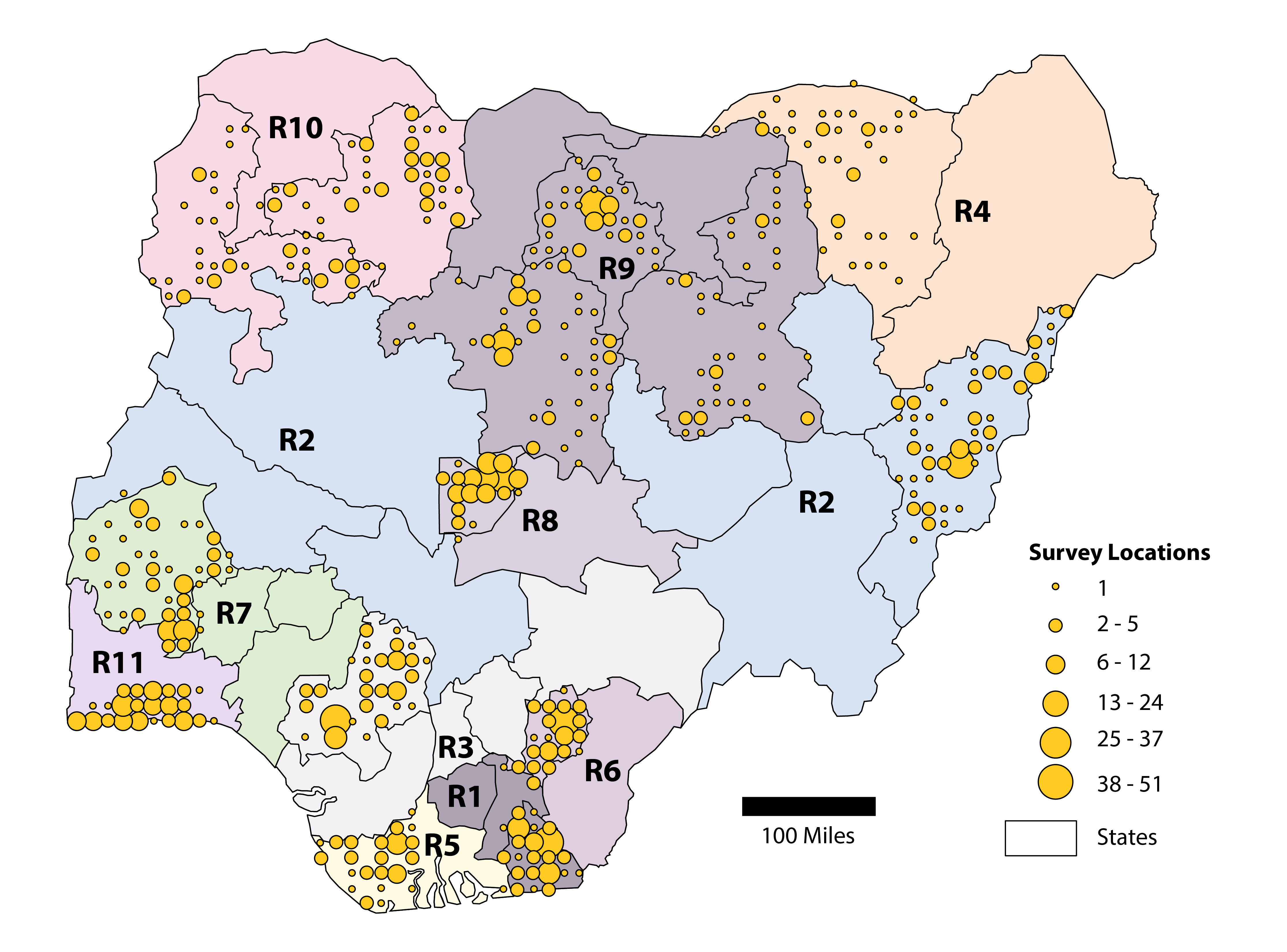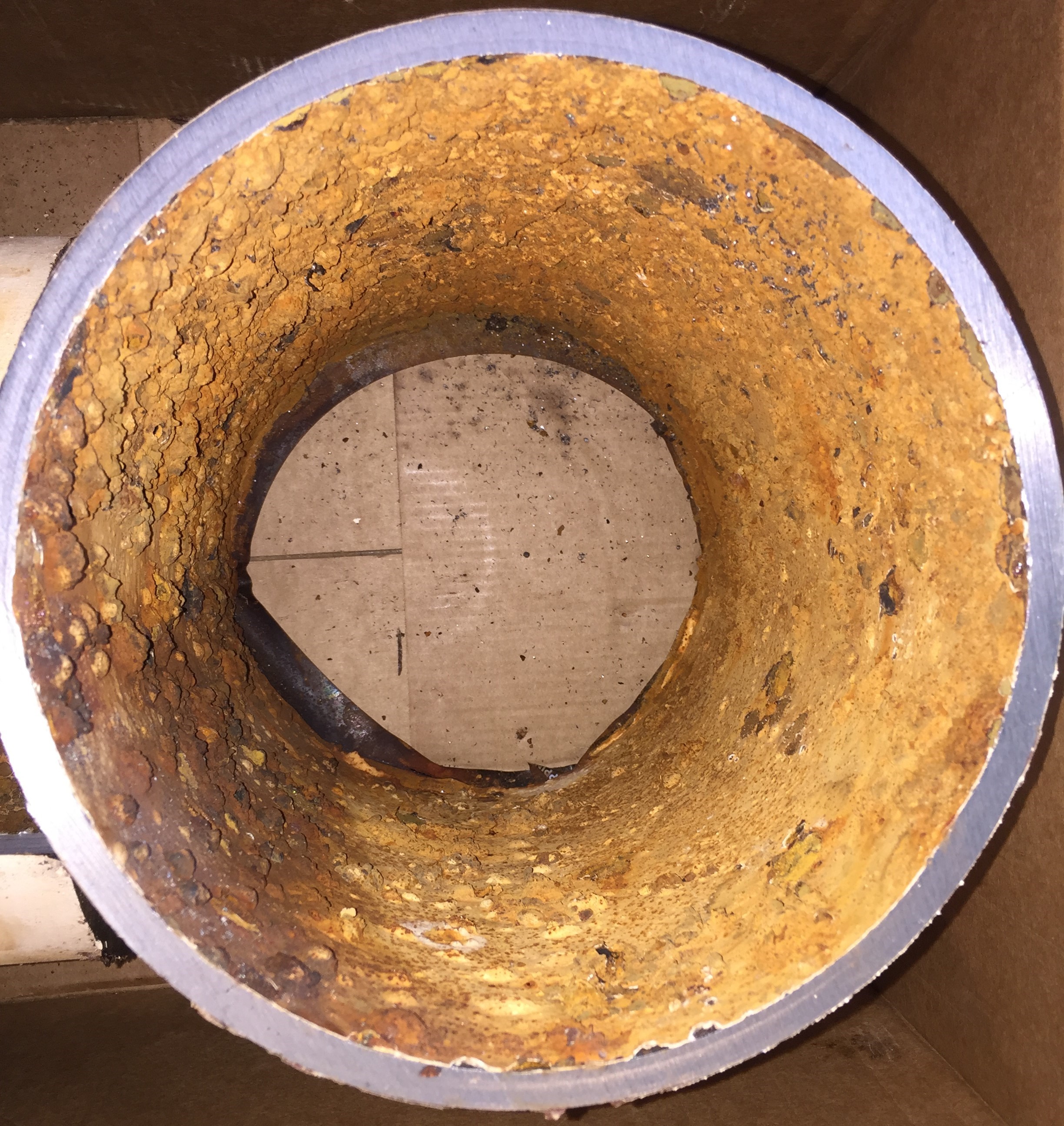To shield stainless-steel spent nuclear fuel canisters from the corrosive threats posed by sea air, Sandia National Laboratories researchers tested a variety of nickel mixtures as protective coatings on stainless steel. The researchers found that the specific material applied, and the specific application process used, impacted the properties of the coating, including how protective it was against corrosion. Their results were published recently in the scientific journal Frontiers in Metals and Alloys.
Tag: Corrosion
Terahertz Imaging Reveals Hidden Inscription on Early Modern Funerary Cross
Using terahertz imaging and signal processing techniques to look beneath the corroded surface of a 16th-century lead funerary cross, researchers at the Georgia Institute of Technology and Georgia Tech-Lorraine revealed an inscription of the Lord’s Prayer.
Laser treatment shows potential for reducing industrial chemical processing for vehicles
A multidisciplinary team from the Department of Energy’s Oak Ridge National Laboratory has applied a laser-interference structuring technique that makes significant strides toward eliminating the need for hazardous chemicals for corrosion protection in military vehicles and aircraft systems.
Editors’ Choice—Dealloying-Driven Cerium Precipitation on Intermetallic Particles in Aerospace Aluminium Alloys
Cerium-based compounds have been studied for decades as non-toxic candidates for the protection of aerospace aluminium alloys (AAs) like AA2024-T3. However, the complex heterogeneous microstructure of these alloys has hindered a thorough understanding of the subsequent stages of corrosion protection…

Sandia to put nuclear waste storage canisters to the test
Sandia National Laboratories is outfitting three 22.5-ton, 16.5-feet-long stainless-steel storage canisters with heaters and instrumentation to simulate nuclear waste so researchers can study their durability. The three canisters, which arrived in mid-November and have never contained any nuclear materials, will be used to study how much salt gathers on canisters over time. Sandia will also study the potential for cracks caused by salt- and stress-induced corrosion with additional canisters that will be delivered during the next stage of the project.

Story Tips: Remote population counting, slowing corrosion and turning down the heat
ORNL story tips: Remote population counting, slowing corrosion and turning down the heat

How a toxic chromium species could form in drinking water
Researchers reporting in ACS’ Environmental Science & Technology have investigated how hexavalent chromium, known as Cr(VI), can form in drinking water when corroded cast iron pipes interact with residual disinfectant.